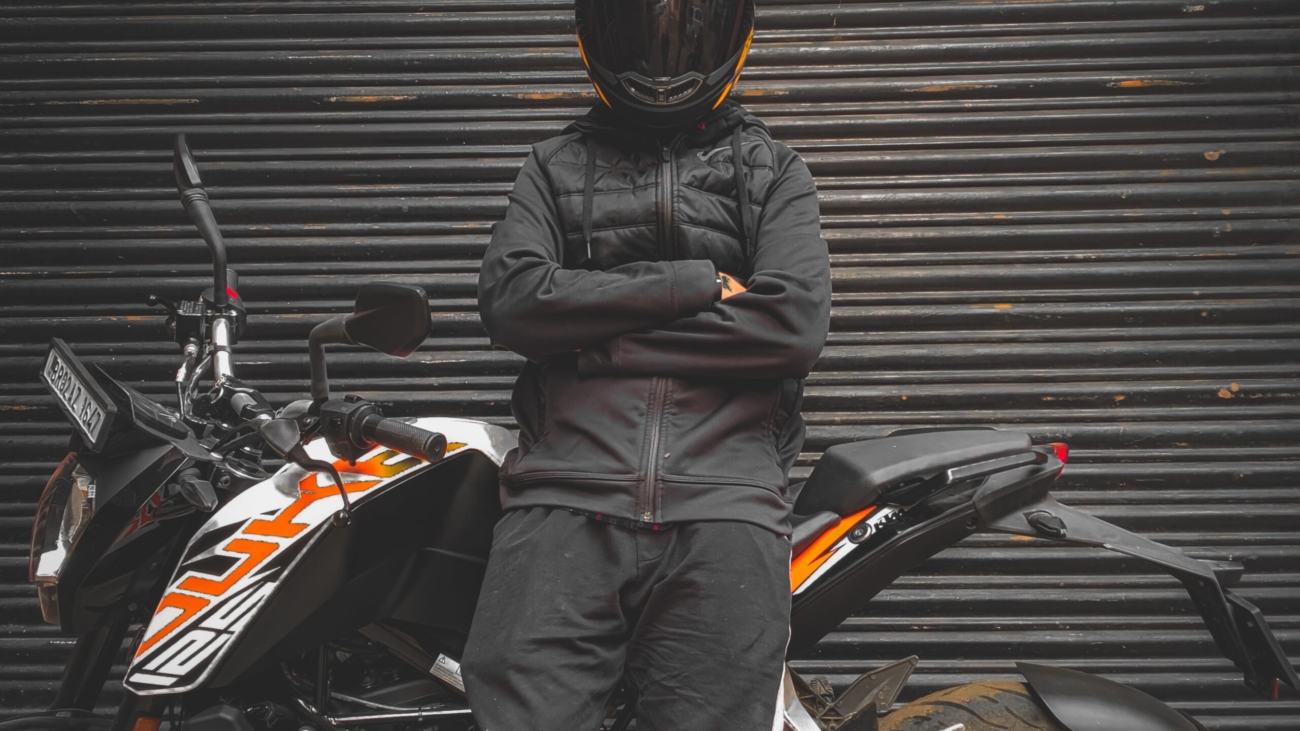“Are you tired of following the same old, predictable bike routes? Do you crave a sense of adventure and independence on your two-wheeled journeys? It’s time to take the road less traveled! Embark on a solo bike ride that will challenge and inspire you like never before. In this blog post, we’ll share our top tips for planning an unforgettable solo biking experience. So grab your helmet, pack your bags, and let’s hit the road!”
Tips for Planning a Memorable Solo Bike Ride
1. Determine your destination and pre-plan your route.
2. Choose a bike that’s comfortable and well-suited to the terrain you’re riding.
3. Make sure you have proper equipment, including lights, filters, and water bottles.
4. Take breaks and enjoy the scenery.
How to Choose the Right Bike
If you’re thinking of embarking on a solo bike ride, here are some tips to help you choose the right one:
1. Think about your goals. What do you want to get out of this trip? Is it a fitness goal—perhaps you’re looking for a relaxing bike ride that will work all your muscles? Or are you hoping to see new sights or explore an unfamiliar area? The type of bike ride you choose should reflect your specific needs and interests.
2. Consider your time and budget. How long will the ride be, and what kind of equipment are you bringing? How much money do you have to spend? Solo biking can be expensive, so be sure to factor that into the equation. If your budget is tight, consider cycling along routes with fewer hills or avoiding high-traffic areas.
3. Talk to locals about recommended routes. Once you know what type of bike ride you want to take, ask around for suggested routes. Many cycling enthusiasts enjoy sharing their favorite routes with others who might be interested in exploring similar terrain too!
4. Consider where you’ll be riding. Will the route be flat or hilly? Does the terrain warrant a mountain bike or commuter bike instead? Knowing ahead of time how much elevation change will be involved can help narrow down your options for bikes and gears.
5. Evaluate your fitness level before hitting the road. A more advanced rider may not need as much assistance from hardware like gears and brakes in order to enjoyably ride a bike, while novices may want to aim for a bike with lower gear ratios. Trial a few different bikes until you find one that feels comfortable and is appropriate for your experience level.
What to Pack for a Gear Trip
Before you leave, be sure to familiarize yourself with your destination and the roads that will get you there. Map out a route, taking into account how long the ride will be, what’s along the way and the difficulty of the roads. Take care of your bike! Make sure it’s well-maintained, has CO2 cartridges if needed, and is in good working order. Check tire pressure, brakes and gears often while on your trip. Be prepared for inclement weather. Pack some warm clothes and plenty of snacks if you’re heading out in bad weather conditions. And don’t forget your helmet!
Tips for Staying Safe on a Bike
Planning your bike ride is one of the most important things you can do to ensure a safe and fun experience. Follow these tips to make sure your trip goes as planned:
1. Make a plan! Before you leave, map out the route you’re going to take, checking traffic conditions and noting any scenic overlooks or stops you want to make along the way. This will help keep you on track and avoid getting lost.
2. Pay attention! When biking on busy streets, be sure to follow all traffic rules—including stopping at stop signs and waiting for traffic lights to turn green. If there are kids or other pedestrians nearby, always be aware of their safety as well.
3. Plan for weather changes! Always bring along some extra supplies in case of bad weather – rain gear, an emergency whistle, snacks, water bottles – and dress appropriately for the temperature difference between daytime and nighttime rides (>10 degrees Celsius). Be especially cautious if riding in unfamiliar areas or during nightfall – both can be dangerous times for cyclists.
4. Use common sense! While it’s important to obey all traffic laws, don’t take risks that go beyond what is reasonable under the circumstances; for example, biking in a lane that’s too narrow or through thick vegetation without proper visibility. And remember: a bike is just like any other vehicle; if you get into an accident with another car, your insurance company may not consider your bike to be at fault.
5. Stay informed! Stay up-to-date on bike safety news, and explore the available resources available online (like maps, cycling tips and videos) to help you stay safe when biking.
How to Ride Alone
1. Find a route you’re interested in exploring. If you’re new to cycling, start by finding a route that is close to home and isn’t too hard or dangerous.
2. Make a map of your route beforehand. This will help you stay on track and avoid getting lost.
3. Bring along enough food and water to sustain yourself for the ride, as well as a topographical map if necessary.
4. Download an app like Strava or MapMyRide to help keep track of your progress and miles ridden.
5. Dress warmly, especially if you’ll be riding in cold weather conditions. Include gloves, a beanie or other headgear, and waterproof pants if possible.
Conclusion
There’s nothing like a solitary bike ride to clear your mind, nature’s soundtrack providing the perfect backdrop for self-exploration. Planning your own solo ride can be daunting, but with some clever planning and preparation, it can be an unforgettable experience that you’ll always remember. In this article, we’ve outlined some tips for ensuring a memorable bike ride – whether you’re riding along quiet country roads or traversing scenic city streets. So put on your biking shoes and let’s take the road less traveled!

